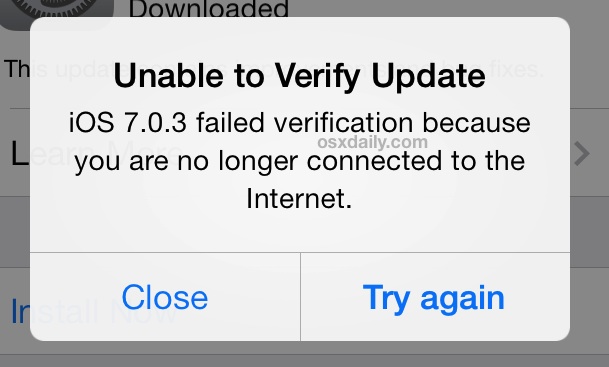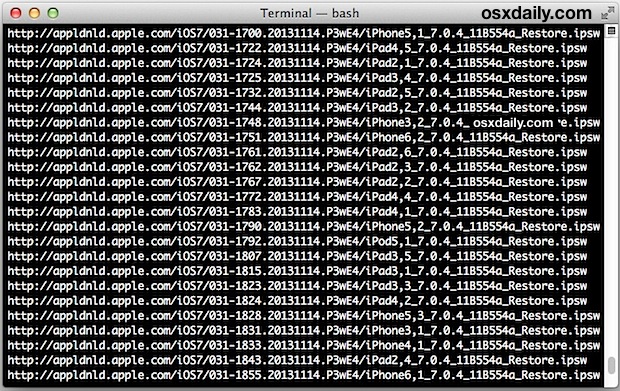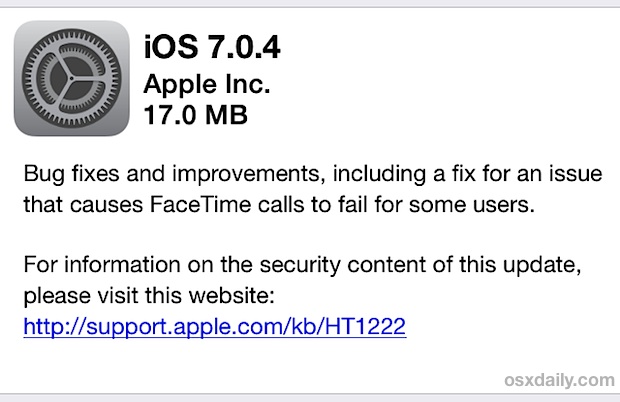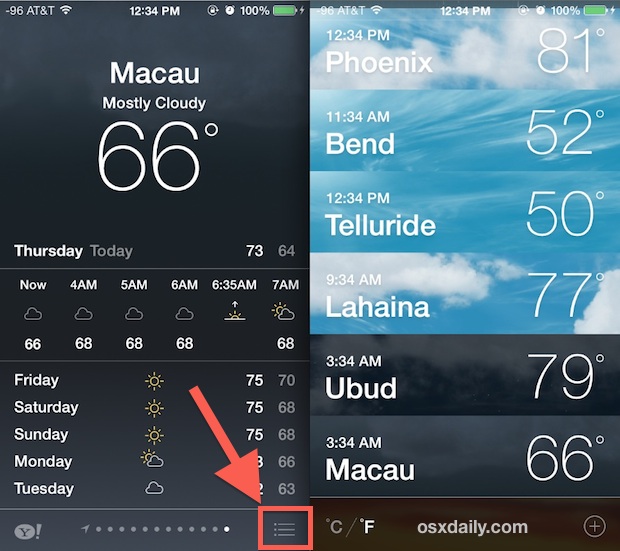Keyboard Backlight Not Working on a MacBook Pro / Air? Try 3 Simple Fixes
 All portable Macs in the MacBook Pro and Air lineup have backlit keyboards these days, which not only makes it easier to type in dim lighting, but let’s face it, it also looks really fancy too. Because the backlighting uses very low power LED to illuminate, there isn’t much of any hit to battery life if the brightness is set at a reasonable or low level, so many people choose to have the backlit keyboard showing all the time, even if lighting situation doesn’t call for it to be useful.
All portable Macs in the MacBook Pro and Air lineup have backlit keyboards these days, which not only makes it easier to type in dim lighting, but let’s face it, it also looks really fancy too. Because the backlighting uses very low power LED to illuminate, there isn’t much of any hit to battery life if the brightness is set at a reasonable or low level, so many people choose to have the backlit keyboard showing all the time, even if lighting situation doesn’t call for it to be useful.
But sometimes the backlit keyboard on a Mac laptop doesn’t work at all for seemingly no apparent reason… and even attempting to manually control the backlighting with the keyboard shortcuts suggests the feature isn’t working or is disabled.
There are a few possible reasons for the backlighting to stop working on a MacBook Pro, MacBook, or MacBook Air, with most offering simple resolutions. If you discover that the keyboard backlighting is not working on your MacBook Air or MacBook Pro keyboard, then follow the troubleshooting steps detailed below. More often than not you’ll be able to resolve the situation rather quickly and easily.

 Looking for a picture exchanged between friends through Messages app on your iPhone / iPad, but scrolling through a gigantic conversation thread to find it doesn’t sound too appealing? There’s an easier way to see your sent and received imagery, and from iOS 7 onward you can quickly view every piece of multimedia sent between you and a recipient through iMessages (or text message), including photos, pictures, audio files,
Looking for a picture exchanged between friends through Messages app on your iPhone / iPad, but scrolling through a gigantic conversation thread to find it doesn’t sound too appealing? There’s an easier way to see your sent and received imagery, and from iOS 7 onward you can quickly view every piece of multimedia sent between you and a recipient through iMessages (or text message), including photos, pictures, audio files, 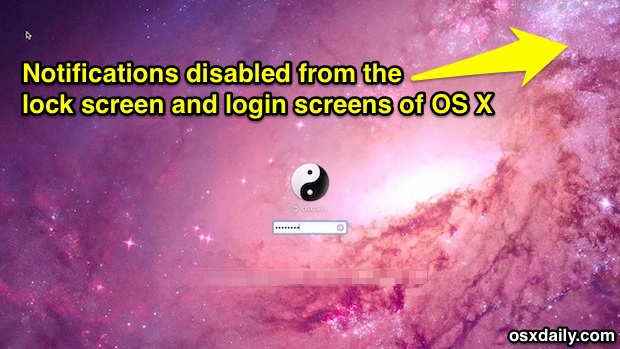


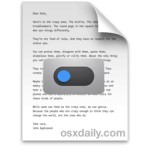 We showed you how easy it is to
We showed you how easy it is to  Lost Mode is an outstanding feature of Find My iPhone that allows you to remotely lock an iPhone with a passcode and an on-screen message, rendering the device unusable while in “Lost Mode” until the passcode is entered correctly. Making this feature even better is the ability to choose a contact phone number for the locked device, and calling that number becomes the only actionable item on the lock screen of the iPhone while in Lost Mode. Theoretically, this could mean the difference of having your iPhone returned to you or not, and it’s all very easy to use.
Lost Mode is an outstanding feature of Find My iPhone that allows you to remotely lock an iPhone with a passcode and an on-screen message, rendering the device unusable while in “Lost Mode” until the passcode is entered correctly. Making this feature even better is the ability to choose a contact phone number for the locked device, and calling that number becomes the only actionable item on the lock screen of the iPhone while in Lost Mode. Theoretically, this could mean the difference of having your iPhone returned to you or not, and it’s all very easy to use.
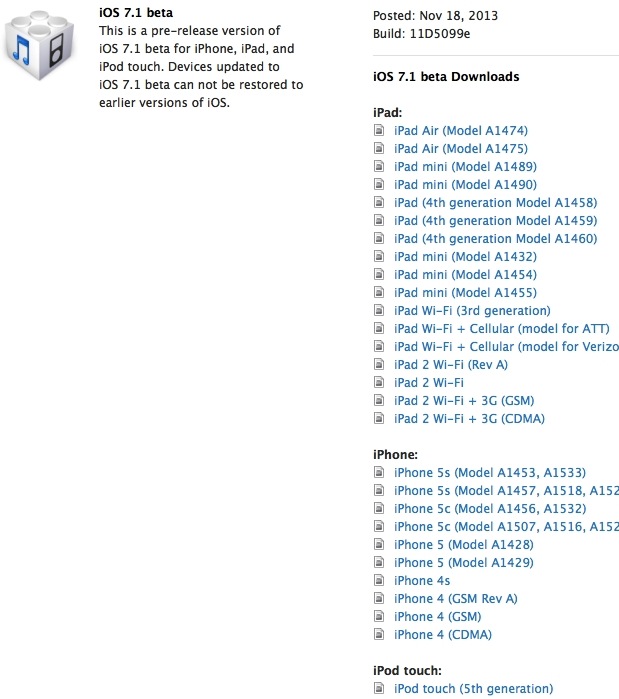

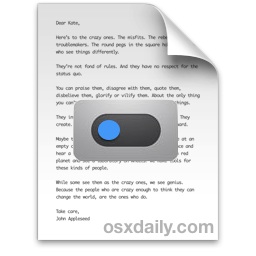 File tagging on the Mac is part of Mac OS X, but those who have been using the Labels feature to help manage their files in prior versions of Mac OS X will notice it’s actually quite similar. Basically you ‘tag’ a file, and then it becomes associated with that tag, allowing for easy file sorting, searching, and management. Tagging is easy to use, and what are likely the two simplest ways to tag files are during the file saving process, which we discussed
File tagging on the Mac is part of Mac OS X, but those who have been using the Labels feature to help manage their files in prior versions of Mac OS X will notice it’s actually quite similar. Basically you ‘tag’ a file, and then it becomes associated with that tag, allowing for easy file sorting, searching, and management. Tagging is easy to use, and what are likely the two simplest ways to tag files are during the file saving process, which we discussed 
